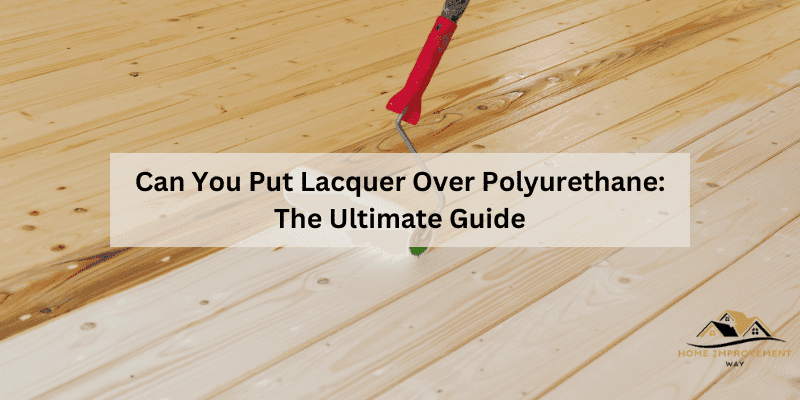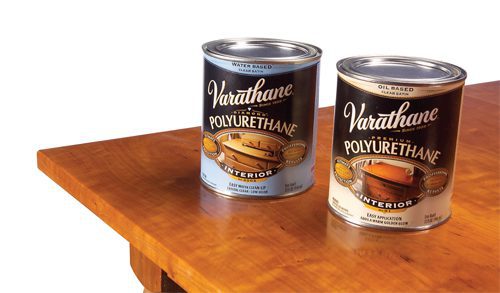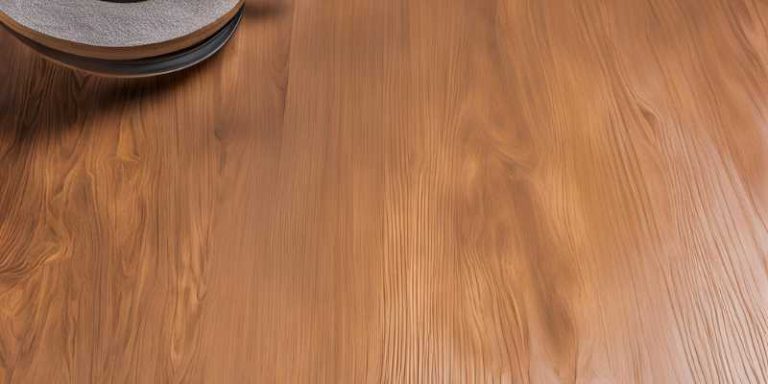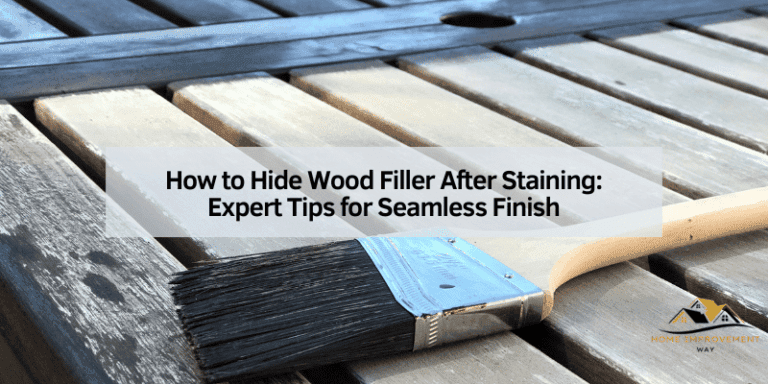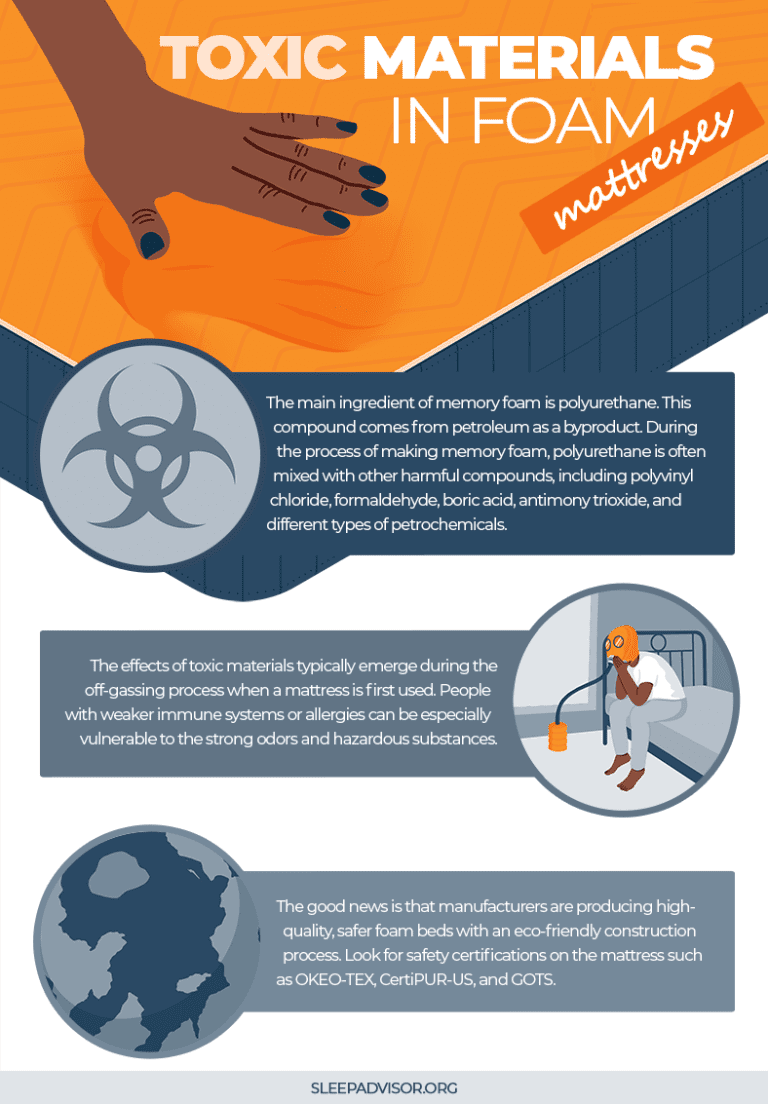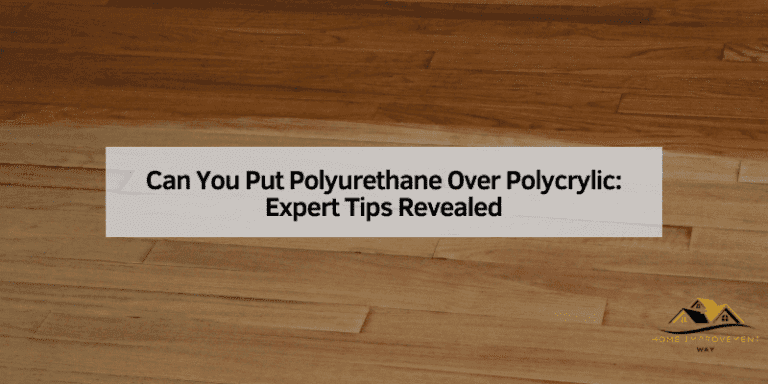Can You Put Lacquer Over Polyurethane: The Ultimate Guide
Yes, you can put lacquer over polyurethane. However, it’s crucial to sand the polyurethane surface thoroughly to ensure proper adhesion for the lacquer.
Applying a primer before lacquer can further enhance adhesion and ensure a smooth, professional finish. This process helps to create a strong bond between the polyurethane and lacquer, ensuring a durable and long-lasting coating. By following these steps, you can successfully apply lacquer over polyurethane to achieve the desired result.
Lacquer provides a beautiful, glossy finish that can enhance the appearance of the polyurethane-coated surface, making it a popular choice for refinishing furniture and woodwork.
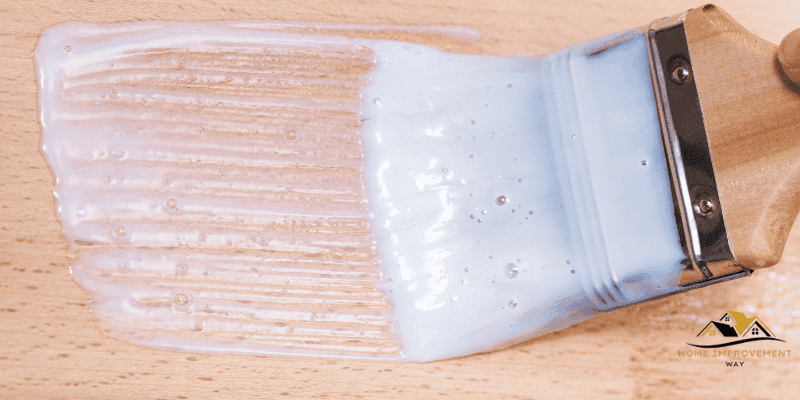
Understanding Lacquer And Polyurethane
When it comes to finishing wood surfaces, choosing the right product can make a significant difference in the appearance and durability of the final result. Understanding the properties and differences between lacquer and polyurethane is crucial to making an informed decision on which product to use. Let’s delve into the definitions and characteristics of lacquer and polyurethane to gain a better understanding of these two popular wood finishes.
Definition And Characteristics Of Lacquer
Lacquer is a glossy finish made by dissolving resin in a solvent, creating a hard and smooth coating applied to surfaces such as wood, metal, or paper.
Definition And Characteristics Of Polyurethane
Polyurethane is a synthetic polymer consisting of organic units linked by urethane groups, commonly used as a versatile and durable coating for surfaces like wood, providing resistance to wear, chemicals, and UV rays.
Preparing The Surface For Application
Before applying lacquer over polyurethane, it’s crucial to prepare the surface properly to ensure a smooth and durable finish. This involves thorough cleaning and sanding of the existing polyurethane layer, as well as taking steps to promote adhesion with the new lacquer coating.
Surface Cleaning And Sanding
Surface cleaning and sanding are essential steps in the preparation process. Begin by thoroughly cleaning the existing polyurethane surface to remove any dirt, grease, or residue. This can be accomplished with a mild detergent and water solution followed by a solvent-based cleaner to ensure the surface is free from contaminants. Once clean, lightly sand the polyurethane surface with fine-grit sandpaper to create a microscopic texture that will improve the adhesion of the lacquer.
Use Of Primer For Adhesion
For optimal adhesion between polyurethane and lacquer, it’s advisable to use a high-quality bonding primer. Apply the primer in a thin, uniform coat over the sanded polyurethane surface. This bonding primer is designed to create a secure foundation for the lacquer, enhancing its ability to adhere to the existing polyurethane layer, thus promoting a strong and lasting finish.
Applying Lacquer Over Polyurethane
Applying lacquer over polyurethane can be a suitable option for achieving a different finish or altering the appearance of a surface. However, it’s essential to understand the proper techniques and considerations to ensure a successful application process. This section will explore the application techniques and curing and drying process when applying lacquer over polyurethane.
Application Techniques
When applying lacquer over polyurethane, it’s crucial to prepare the existing polyurethane surface properly to ensure adhesion and a smooth application. Follow these application techniques:
- Clean Surface: Begin by thoroughly cleaning the polyurethane surface to remove any dust, dirt, or contaminants that could affect adhesion.
- Light Sanding: Gently sand the polyurethane surface to create a suitable texture for the lacquer to adhere to. Use fine-grit sandpaper to avoid damaging the underlying polyurethane.
- Primer Application: Consider applying a suitable primer designed to promote adhesion between the polyurethane and lacquer. This step can enhance the overall durability of the new finish.
- Even Application: Apply the lacquer evenly using a high-quality brush, sprayer, or applicator to ensure a smooth and consistent finish.
Curing And Drying Process
The curing and drying process is critical to achieving a durable and attractive finish when applying lacquer over polyurethane. Follow these essential guidelines:
- Proper Ventilation: Ensure that the application area is well-ventilated to allow for proper drying and curing of the lacquer.
- Room Temperature: Maintain a consistent room temperature to facilitate the curing process. Fluctuating temperatures can affect the lacquer’s ability to cure properly.
- Drying Time: Allow sufficient drying time between coats as per the manufacturer’s recommendations. Rushing the process can result in uneven drying and compromised finish quality.
- Curing Time: After the final coat, allow ample time for the lacquer to cure completely before subjecting the surface to any stress or moisture.
Pros And Cons Of Lacquer Over Polyurethane
When it comes to refinishing furniture or wood surfaces, there are various options available, with lacquer and polyurethane being two popular choices. Understanding the pros and cons of using lacquer over polyurethane can help you make an informed decision on which finishing method is best for your project.
Benefits Of Using Lacquer Over Polyurethane
Using lacquer over polyurethane offers several benefits that make it an appealing choice for refinishing wood surfaces. Some of the notable advantages include:
- Fast Drying: Lacquer dries quickly, allowing for faster completion of projects compared to polyurethane.
- Improved Clarity: Lacquer provides a clear and glossy finish, enhancing the natural beauty of the wood.
- Ease of Repair: Lacquer is easier to repair and touch up, making it a practical option for maintaining the appearance of the surface over time.
- Smooth Application: The thin consistency of lacquer allows for a smoother application, resulting in a more even and professional-looking finish.
- Compatibility: Lacquer can be applied over certain types of polyurethane, offering versatility in refinishing options.
Drawbacks And Limitations
Despite its advantages, using lacquer over polyurethane also comes with certain drawbacks and limitations that should be considered:
- Durability: Lacquer may not provide the same level of durability and protection as polyurethane, especially in high-traffic or outdoor areas.
- Toxicity: Some lacquer products contain hazardous chemicals and require proper ventilation and safety precautions during application.
- Compatibility Issues: Not all types of polyurethane are suitable for applying lacquer over them, leading to potential adhesion and compatibility issues.
- Application Challenges: Lacquer requires skillful application techniques to avoid streaks, runs, or other imperfections in the finish.
- UV Resistance: Lacquer may not offer the same level of UV resistance as polyurethane, leading to potential color fading or deterioration in outdoor settings.
Maintenance And Care For Lacquer Over Polyurethane
When using lacquer over polyurethane, proper maintenance and care are essential to ensure the longevity and durability of the finish. Here’s how you can clean, protect, and prevent damage and wear to maintain the beauty of your lacquer over polyurethane finish.
Cleaning And Protecting The Finish
To maintain the shine and luster of lacquer over polyurethane, it’s crucial to clean and protect the finish regularly. Follow these steps to keep your surfaces looking their best:
- Dust Regularly: Use a soft, microfiber cloth to gently remove dust and debris from the surface of the finish.
- Gentle Cleaning: Use a mild soap and water solution to clean the surface, then dry it thoroughly with a clean, soft cloth. Avoid using harsh cleaners or abrasive materials that can damage the lacquer.
- Protect from Sunlight: Direct sunlight can cause discoloration and fading of the finish. Consider using blinds or curtains to shield the surfaces from prolonged exposure to sunlight.
- Use Coasters and Mats: Place coasters under glasses and mats under items to prevent scratches, water rings, and other damage from occurring.
Preventing Damage And Wear
Preventing damage and wear is crucial for maintaining the integrity of lacquer over polyurethane. Consider these proactive steps to keep your surfaces in top condition:
- Avoid Sharp Objects: Sharp objects such as knives or keys can easily scratch the finish. Be mindful of what comes into contact with the surfaces to prevent unnecessary damage.
- Regular Inspections: Periodically inspect the surfaces for any signs of wear, chipping, or peeling. Address any issues promptly to prevent further damage.
- Protective Coatings: Consider applying a protective wax or polish specifically designed for lacquer finishes to provide an extra layer of protection against wear and tear.
Frequently Asked Questions For Can You Put Lacquer Over Polyurethane
Can Lacquer Be Applied Over Polyurethane?
Yes, lacquer can be applied over polyurethane, but it requires proper preparation. Lightly sand the polyurethane, then apply a bonding primer before the lacquer. Ensure the polyurethane is fully cured and clean before applying lacquer. Always test in a small inconspicuous area first.
What Are The Benefits Of Applying Lacquer Over Polyurethane?
Applying lacquer over polyurethane can enhance the appearance and provide added protection. Lacquer can create a smoother and more durable finish, with a high-gloss appearance that polyurethane alone may not achieve. It also adds an extra layer of protection from scratches and moisture.
Are There Any Drawbacks To Putting Lacquer Over Polyurethane?
While adding lacquer over polyurethane can improve the finish, it can also be challenging. Proper preparation is crucial, and it may be time-consuming. Also, some types of lacquer may not bond well with polyurethane, leading to peeling or an uneven finish.
Testing is essential.
Conclusion
Putting lacquer over polyurethane can be done successfully with proper preparation. Understanding the compatibility and following the necessary steps is crucial for achieving the desired results. By ensuring a clean surface and using the right products, it is possible to create a beautiful and durable finish.
Experiment with caution and always test in a small, inconspicuous area before proceeding with the entire project.

